An Exploding Galaxy Gathering: Giant Black Holes Emerging From Chaos
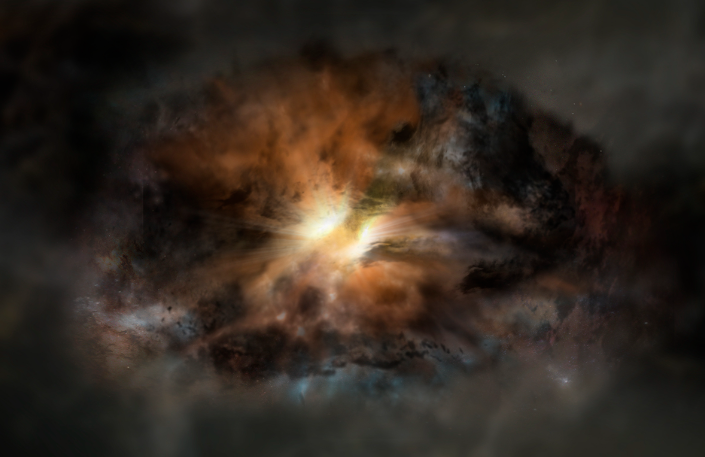
Hello, space adventurers! Let’s talk about something really exciting: supermassive black holes hidden in the universe! Hidden behind mountains of space dust, these cosmic monsters grow larger and unleash incredible amounts of energy as their galaxies head towards an epic collision. Picture this: at the center of many galaxies, including our beloved Milky Way, lie black holes that are millions (yes, millions!) of times more massive than our beloved Sun. These black holes have a voracious appetite and feed on gas that falls into them, but here comes the mystery: how does the gas get close enough to be gobbled up by these black holes?
Well, one interesting theory is that when two galaxies are pretty close to each other, the gravitational force pulls them together and boom, they merge to become one super galaxy. During this cosmic merger, the gas approaching the black hole ignites and releases a massive amount of energy, scientists detect this using different types of light, such as visible and X-rays, but in this particular study they used light infrared to spy on these growing black holes.
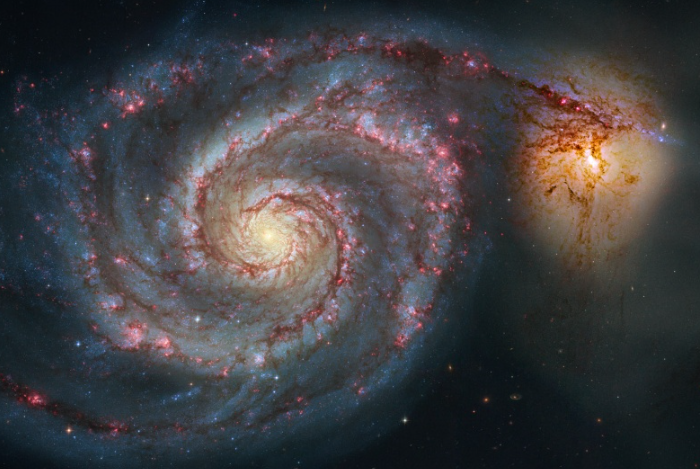
Now, here comes the interesting thing: researchers have created a new way to calculate how likely it is that two galaxies are on a cosmic date and end up colliding in the future. They applied this technique to hundreds of thousands of distant galaxies and were able to obtain information about how black holes and galaxies grew during what they call “cosmic noon”, imagine that this is like a kind of galactic rush hour, when most of the galactic growths and black holes occur.
Understanding how black holes developed at this stage is crucial to our understanding of the evolution of our beloved Milky Way and its gigantic black hole. It’s like a science fiction movie but in real life! Now, there is a small problem, these galaxies are so, very far away that only a few meet the requirements to measure their distances accurately. So, scientists have devised a new statistical method to overcome this challenge and obtain more precise data on the distances of galaxies and supermassive black holes. Isn’t it great how science comes up with creative solutions?
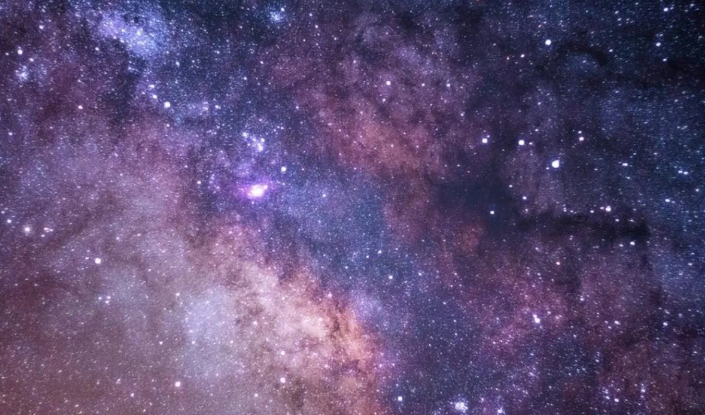
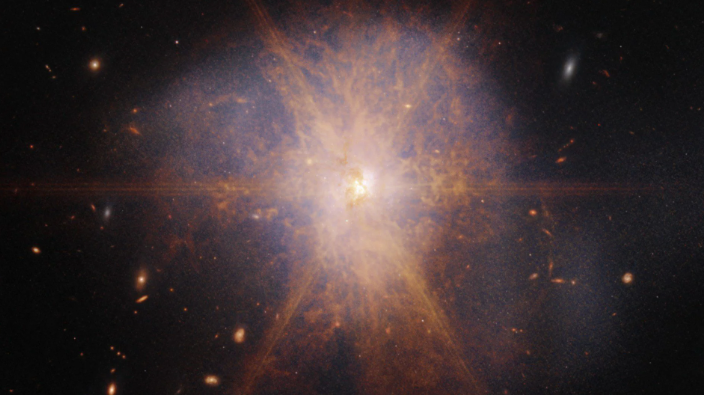
But the adventure does not end here, friends; In the next few years, the James Webb Space Telescope will enter the scene and promises to revolutionize our studies in the infrared, revealing even more secrets about these mysterious black holes hidden in cosmic dust. Well that’s all for now, intrepid space explorers, I hope you enjoyed this journey through supermassive black holes and galactic collisions. Remember, science is like a universe full of wonders waiting to be discovered!
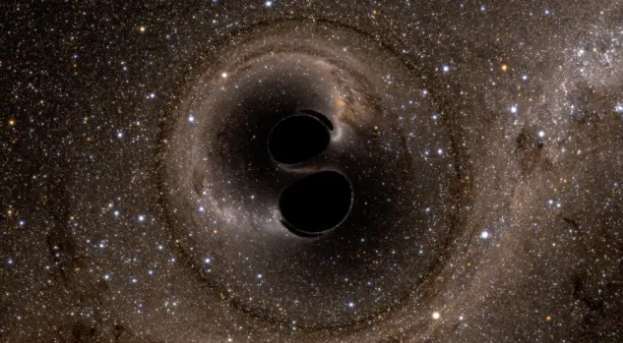
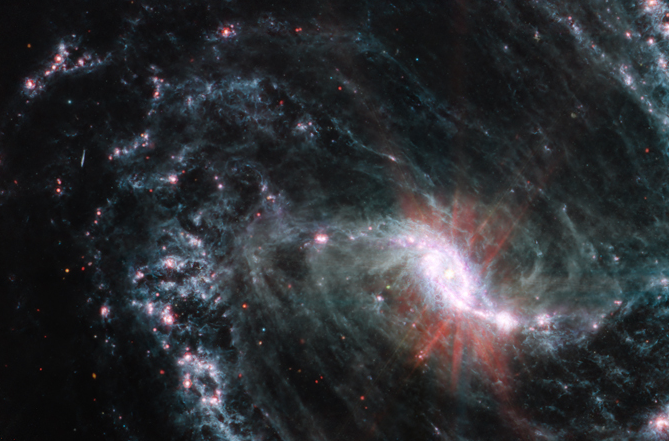
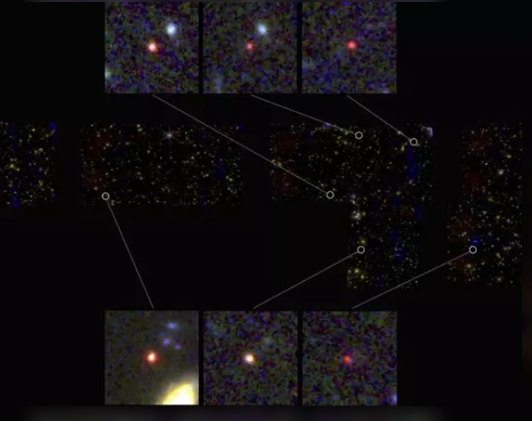
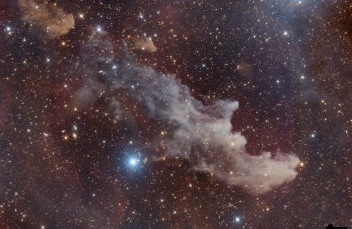
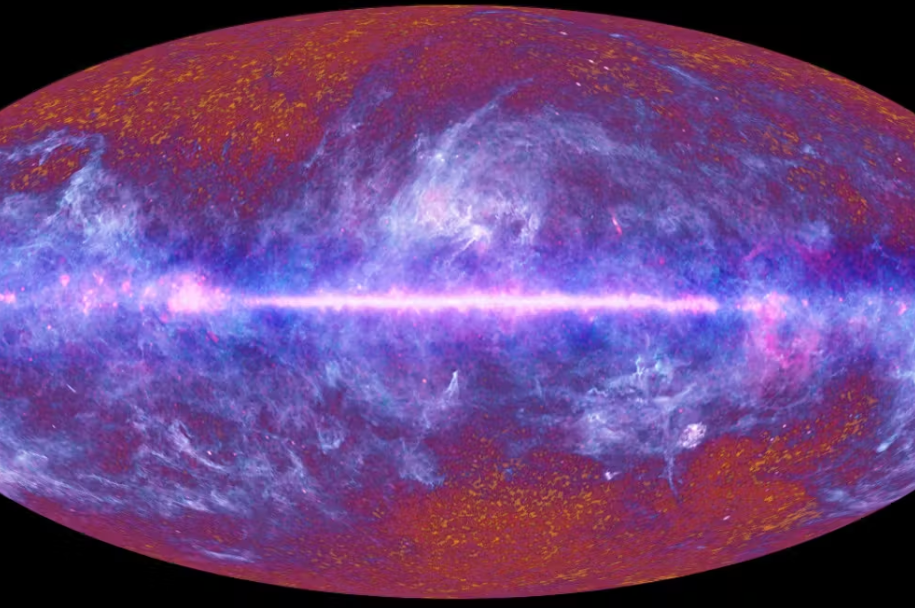
Responses